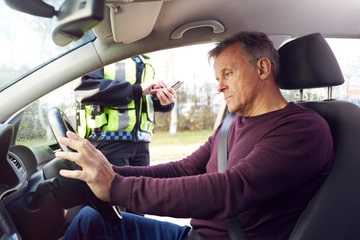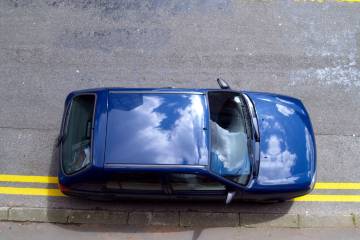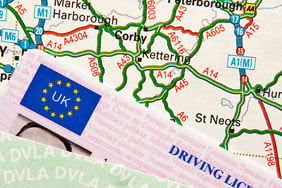Speeding fines calculator
1 of 2Tell us your annual income, the speed limit and how fast you were driving
You're not speeding
Good job!
There'll be no fines for you!
You could be fined
This is of your weekly income
You could also have points on your license
What is the maximum fine for speeding?
The maximum possible fine for speeding is £1,000 on normal roads, and £2,500 on motorways.
The figures shown in the table represent the typical fines for each band (A, B and C). Serious offences and mitigating circumstances could raise or lower the fine within that band.
| Speed limit (mph) | Speed for band A | Speed for band B | Speed for band C |
|---|---|---|---|
|
20
|
21-30
|
31-41
|
41+
|
|
30
|
31-40
|
41-50
|
51+
|
|
40
|
41-55
|
56-65
|
66+
|
|
50
|
51-65
|
66-75
|
76+
|
|
60
|
61-80
|
81-90
|
91+
|
|
70
|
71-90
|
91-100
|
101+
|
|
Fine
|
25-75% of weekly income
|
75-125% of weekly income
|
125-175% of weekly income
|
|
Points/disqualification
|
3 points on your licence
|
Disqualification for 7-28 days or 4-6 points on your licence
|
Disqualification for 7-56 days or 6 points on your licence
|




